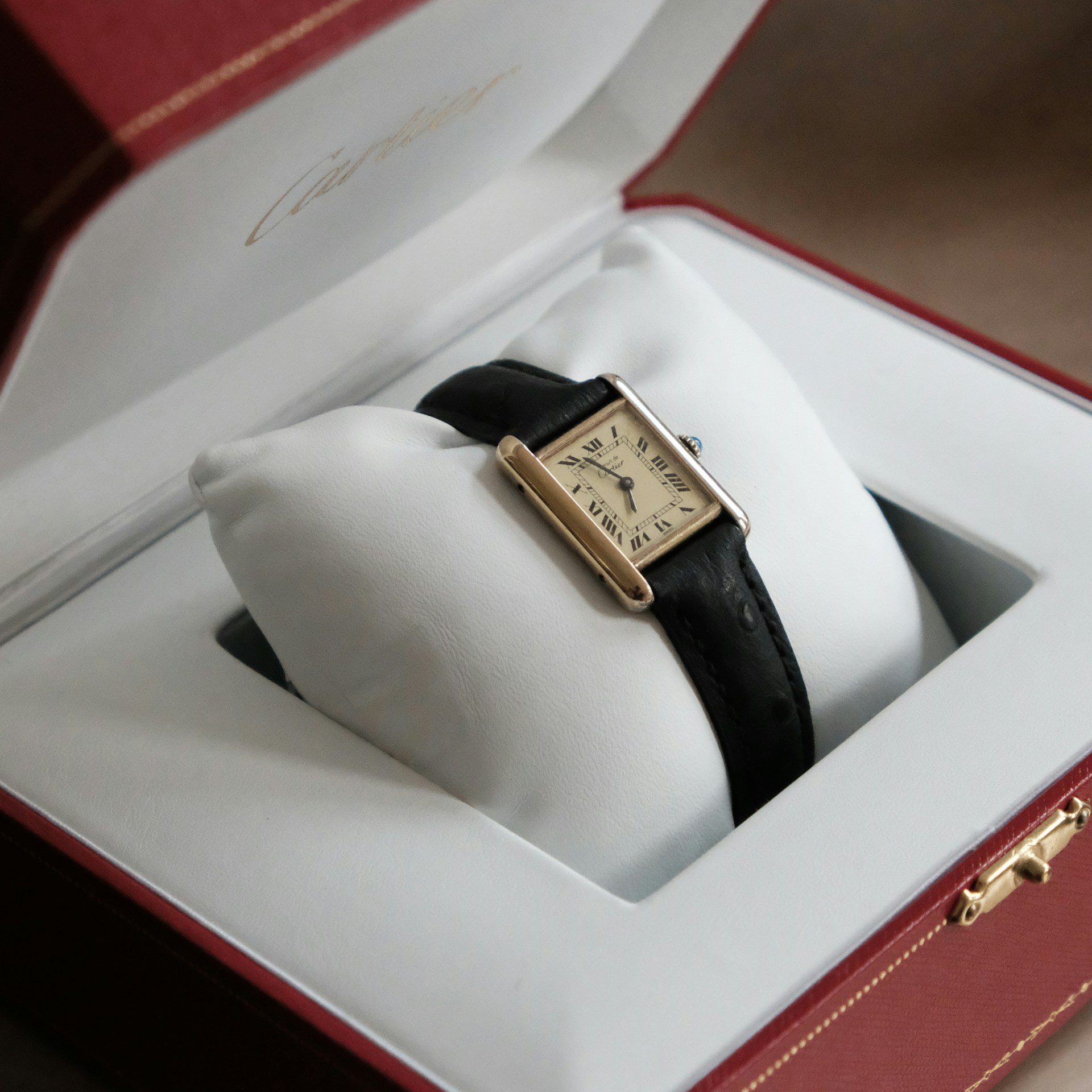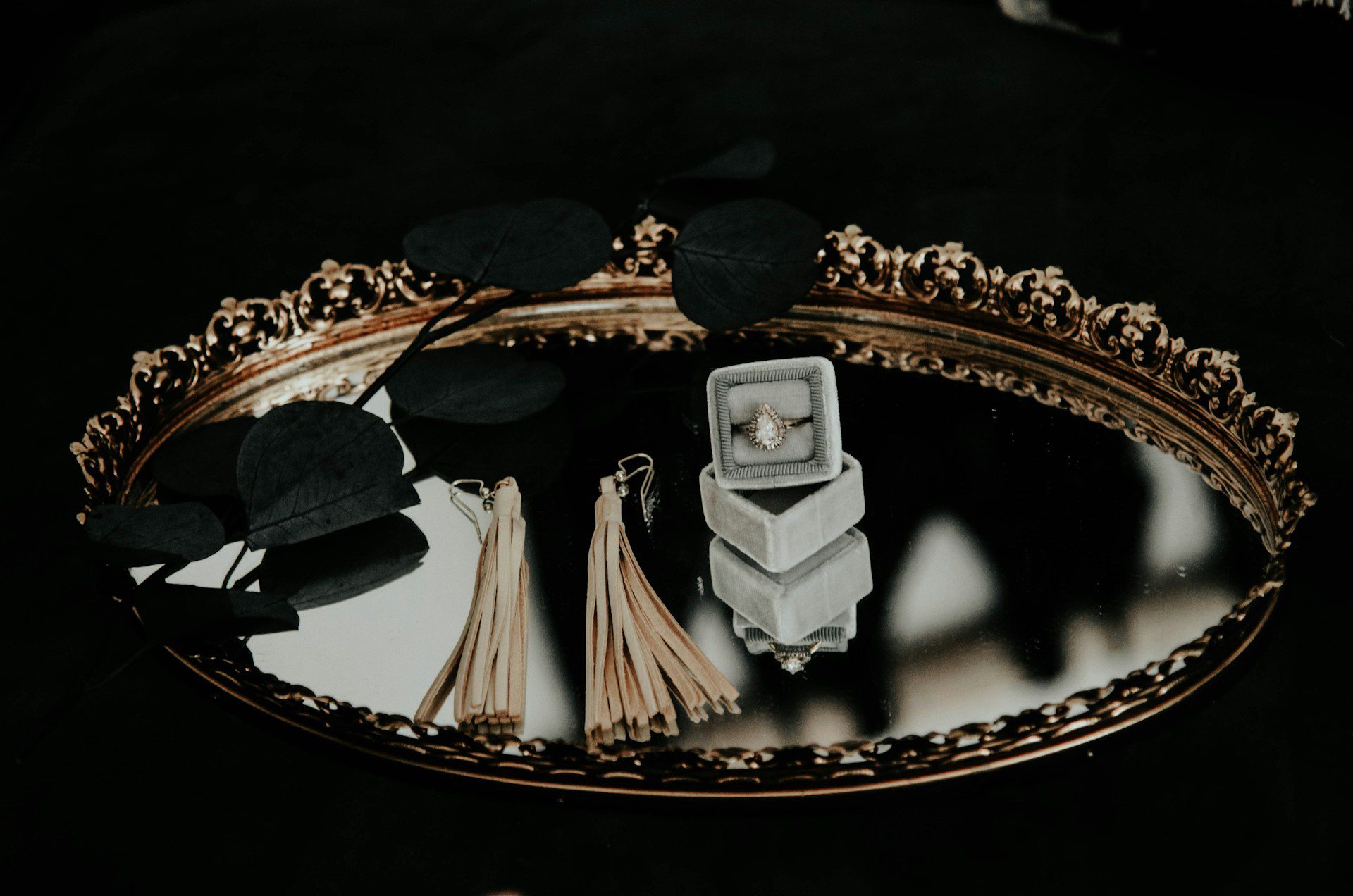Introduction
In the digital age, social media has emerged as a powerful force, reshaping various aspects of our lives and businesses. One such industry that has experienced a seismic shift due to this digital revolution is luxury branding. The way luxury brands present themselves, interact, and engage with their customers has been drastically altered by the proliferation of social media. This comprehensive article delves into the profound influence of social media on luxury branding, highlighting how these high-end brands have adapted and evolved in this new digital landscape.
Chapter 1: The Power of Social Media
The advent of social media platforms such as Instagram, Facebook, Twitter, and Snapchat has revolutionized the marketing strategies of luxury brands. These platforms have become indispensable tools, enabling brands to reach a global audience in real-time. They provide an expansive space for luxury brands to showcase their products in intricate detail, build and reinforce their unique brand image, and engage with their customers on a more personal and interactive level.
Chapter 2: The Shift in Advertising
The emergence of social media has significantly disrupted traditional advertising paradigms. Conventional forms of advertising, like print ads and television commercials, have seen a decline in their exclusivity and dominance. Instead, luxury brands are increasingly harnessing the influence and reach of social media influencers and celebrities to promote their products. This advertising approach feels less like a sales pitch and more like a personal endorsement, making it more relatable and appealing to the modern consumer.
Chapter 3: The Role of Influencers
In the realm of luxury branding, influencers have risen as pivotal players. Their extensive follower base, coupled with their personal connection and credibility among their audience, make them invaluable partners for luxury brands. Influencers lend a sense of authenticity and trust to the products they endorse, factors that are of utmost importance when consumers make the decision to purchase luxury items.
Chapter 4: Engaging with the Customer
Beyond advertising, social media has revolutionized the way luxury brands interact with their customers. These platforms have opened up a direct, two-way communication channel between brands and their customers. Brands can now engage with their customers instantly, addressing their queries, concerns, and complaints. They can also receive real-time feedback and suggestions, which can help them improve their products and services. This increased level of engagement and responsiveness leads to a more personalized and enhanced customer experience.
Chapter 5: The Challenges
Notwithstanding the plethora of opportunities that social media presents for luxury brands, it also brings its own set of challenges. Maintaining a consistent and high-quality brand image across various platforms can be a daunting task. Dealing with negative feedback in a public forum can be tricky and requires tact. Competition in the digital space is fierce, with brands needing to constantly innovate and stay ahead of the curve to retain their market position.
Conclusion
The influence of social media on luxury branding is profound and undeniable. It has fundamentally transformed the way luxury brands communicate, market, and interact with their customers. As social media platforms continue to evolve and innovate, luxury brands must stay agile and adaptable, constantly reinventing their digital strategies to maintain their prestigious position in the market.






